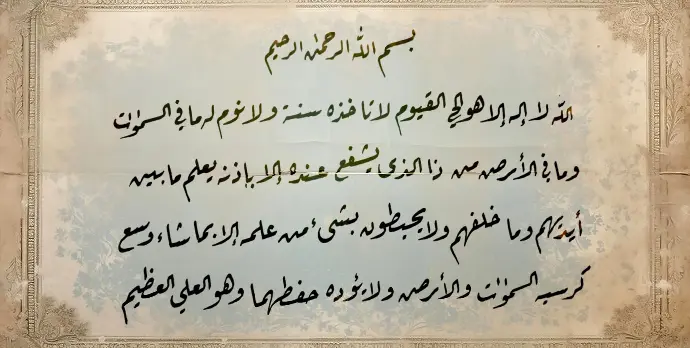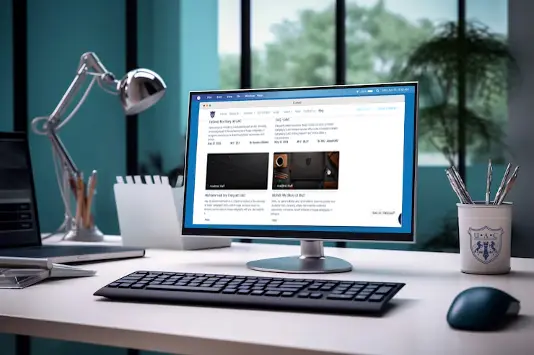-
About the Course
-
Module 1: Thuluth Script
-
- Join this Course to access resources
- Quiz
-
- Join this Course to access resources
- Quiz
-
- Join this Course to access resources
- Quiz
-
Module 2: Naskh Script
-
- Join this Course to access resources
- Quiz
-
- Join this Course to access resources
- Quiz
-
- Join this Course to access resources
- Quiz
-
Module 3: Diwani Script
-
- Join this Course to access resources
- Quiz
-
- Join this Course to access resources
- Quiz
-
- Join this Course to access resources
- Quiz
-
Module 4: Ruqaa Script
-
- Join this Course to access resources
- Quiz
-
- Join this Course to access resources
- Quiz
-
- Join this Course to access resources
- Quiz
-
Module 5: Nastaliq Script
-
- Join this Course to access resources
- Quiz
-
- Join this Course to access resources
- Quiz
-
- Join this Course to access resources
- Quiz
-
Module 6: Kufi Script
-
- Join this Course to access resources
- Quiz
-
- Join this Course to access resources
- Quiz
-
- Join this Course to access resources
- Quiz
Historical Background
Historical Background
Manuscript of
Ayat Al-Kursi
The 1984 Arabic manuscript of Ayat al-Kursi, written in the Ruqaa script by Hussain Alawi, is a remarkable example of calligraphic art. The Ruqaa script, known for its simplicity and clarity, beautifully captures the essence of the verse with its fluid and readable strokes. Alawi's skillful execution highlights the elegance and practicality of Ruqaa, making the manuscript not only a spiritual piece but also an artistic masterpiece that reflects the timeless beauty of Arabic calligraphy.

Ruqaa script, a cornerstone of everyday Arabic writing, traces its origins back to the 10th century AD. Evolving from the cursive forms of Naskh, Ruqaa quickly established itself as the script of choice for practical communication.
Unlike the formal and structured elegance of scripts like Thuluth and Naskh, Ruqaa prioritized speed and legibility. It was designed to be written effortlessly, making it ideal for personal notes, letters, and administrative tasks. This practicality contributed to its widespread adoption throughout the Islamic world.
Over the centuries, Ruqaa continued to evolve and adapt to the changing needs of its users. Its enduring popularity is a testament to its versatility and effectiveness as a tool for everyday expression. Today, Ruqaa remains a vital component of Arabic writing, serving as the foundation for modern Arabic calligraphy and typography.
There are no comments for now.




